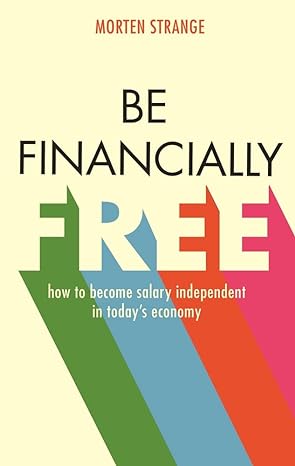Answered step by step
Verified Expert Solution
Question
1 Approved Answer
Requirement 1: SANDRA'S PURSE BOUTIQUE Specific Identification Method Date Transaction Oct. 1 Beginning Inventory Oct. 30 Purchase Number of Units Unit Ending Cost Inventory Number
Requirement 1: SANDRA'S PURSE BOUTIQUE Specific Identification Method Date Transaction Oct. 1 Beginning Inventory Oct. 30 Purchase Number of Units Unit Ending Cost Inventory Number of Unit Cost of Date Transaction Units Cost Goods Sold Oct. 1 Beginning Inventory Oct. 1 Beginning Inventory Oct. 10 Purchase Oct. 10 Purchase Oct. 20 Purchase Requirement 2: Date Transaction Oct. 20 Purchase Oct. 30 Purchase FIFO Method Number of Unit Ending Units Cost Inventory Number of Unit Cost of Date Transaction Units Cost Goods Sold Oct 1 Beginning Inventory Oct. 10 Purchase Oct 20 Purchase Requirement 3: Date Transaction Oct. 1 Beginning Inventory Oct. 10 Purchase LIFO Method Number of Unit Ending Units Cost Inventory Number of Unit Cost of Date Transaction Units Cost Goods Sold Oct. 10 Purchase Oct. 20 Purchase Oct. 30 Purchase Requirement 4: Weighted Average Method Date Transaction Oct. 1 Beginning Inventory Oct. 10 Purchase Oct. 20 Purchase Oct. 30 Purchase Average Cost Ending Inventory Cost of Goods Sold Number of Unit Ending Units Cost Inventory SANDRA'S PURSE BOUTIQUE October Transactions Cost per Total Date Transactions Units Unit Cost October 1 Beginning inventory 6 $ 900 $ 5,400 October 4 Sale 4 0 October 10 Purchase 5 910 4,550 1 October 13 Sale 3 2 October 20 Purchase 4 920 3,680 E October 28 Sale 7 4 October 30 Purchase 7 930 6.510 5 $ 20, 140 6 Required: 1. Calculate ending inventory and cost of goods sold at October 31, using the specific identification method. The October 4 sale consists of purses from beginning inventory, the October 13 sale consists of one purse from beginning inventory and two purses from the October 10 purchase, and the October 28 sale consists of three purses from the October 10 purchase and four purses from the October 20 purchase. 2. Using FIFO, calculate ending inventory and cost of goods sold at October 31. 3. Using LIFO, calculate ending inventory and cost of goods sold at October 31. 4. Using weighted-average cost, calculate ending inventory and cost of goods sold at October 31
Step by Step Solution
There are 3 Steps involved in it
Step: 1

Get Instant Access to Expert-Tailored Solutions
See step-by-step solutions with expert insights and AI powered tools for academic success
Step: 2

Step: 3

Ace Your Homework with AI
Get the answers you need in no time with our AI-driven, step-by-step assistance
Get Started


